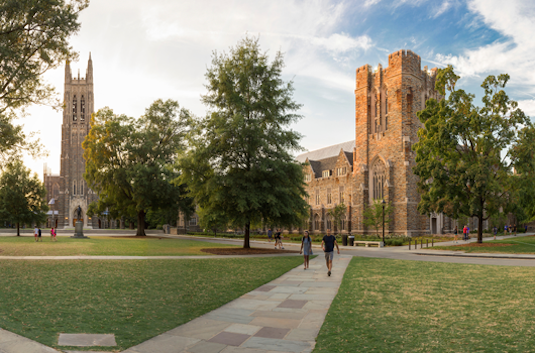Physics and Models for Liquid Crystal Elastomers

Liquid crystal elastomers (LCEs) are a fascinating class of materials that display soft and semi-soft elastic behavior as well as a less explored viscoelastic behavior. These materials are composed of liquid crystal molecules and polymerizing agents to form a solid that behaves as an elastomer but also like a liquid crystal. The interaction of these two features provides for a wide and complex range of macroscopically observed phenomena, including for example optical actuation, extreme softness, pattern formation, and high damping to name a few. In this talk, I will present a general introduction to the physics of these unique materials at a microscopic as well as macroscopic scale.This will lead to insights into the long-standing well-established models that are used to understand their elastic behavior. Consideration will also be given to models that can account for time-dependent, i.e., viscoelastic, behavior - an aspect that is not well examined in the literature - as well as computational considerations.
In the presentation, I will mainly consider so-called mono-domain liquid crystal elastomers that possess both a viscous director response as well as a viscoelastic elastomeric network response. The modeling framework will be built from the continuum scale, utilizing the formal principles of invariance of expended power to develop the governing balance laws for such materials accounting for loads that can impose twist directly at the continuum level. This framework is combined with free-energy dissipation arguments to generate restrictions on the possible constitutive relations for LCEs based upon hypothesized functional dependencies of the free-energy function.This mathematical framework leads to natural choices for evolution laws governing the viscous kinematics that have an appealing and intuitive nature. We demonstrate the utility of the model by considering its capabilities in comparison to experimental data, while also learning some cautionary information about the application of such materials in engineering practice.







